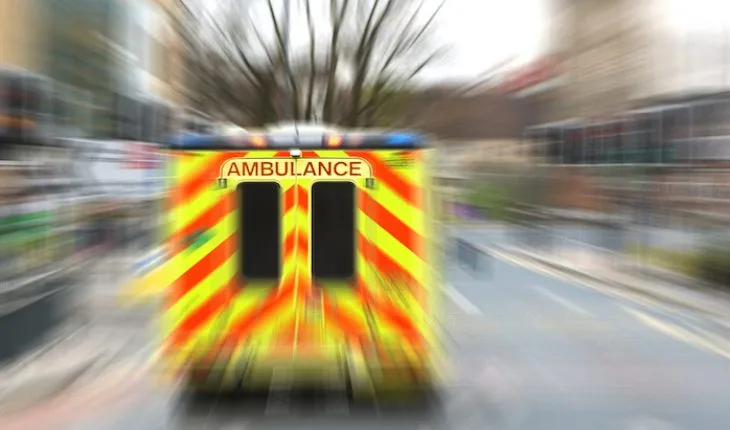Responding to a Liberal Democrat analysis showing almost every area in England is missing the 18-minute ambulance response target Rory Deighton, Director of the NHS Confederation’s Acute Network, said:
“Health leaders know that ambulance services are under a huge amount of pressure. Call handlers are receiving an increasing number of calls, including those that are life-threatening or an emergency, while ambulance teams and their colleagues in emergency departments are collaborating to address long handover delays at hospitals. We know that teams have struggled to get back on the road and respond to calls as quickly as they would like, which is a safety concern as well as a source of distress and frustration for patients and their loved ones.
“There have been some very welcome improvements in performance, with both category one and two responses getting quicker. This is testimony to the hard work and planning that our members put in ahead of winter, making a monumental effort to help get ambulances back on the road as quickly as possible.
“The problems with the flow of patients through our emergency care system stem from a decade of underinvestment in NHS capital, estate, workforce and social care. However, our members recognise that we cannot let long response times and handover delays become the new normal for the NHS. Ambulance leaders know there is a long way to go to hit the response targets and are working incredibly hard to make sure the improvements we are seeing are sustained long term.”
- World-first breakthrough for bowel cancer immunotherapy - 24th October 2025
- The future of sepsis research - 24th October 2025
- Unpaid carers working longer hours - 24th October 2025







